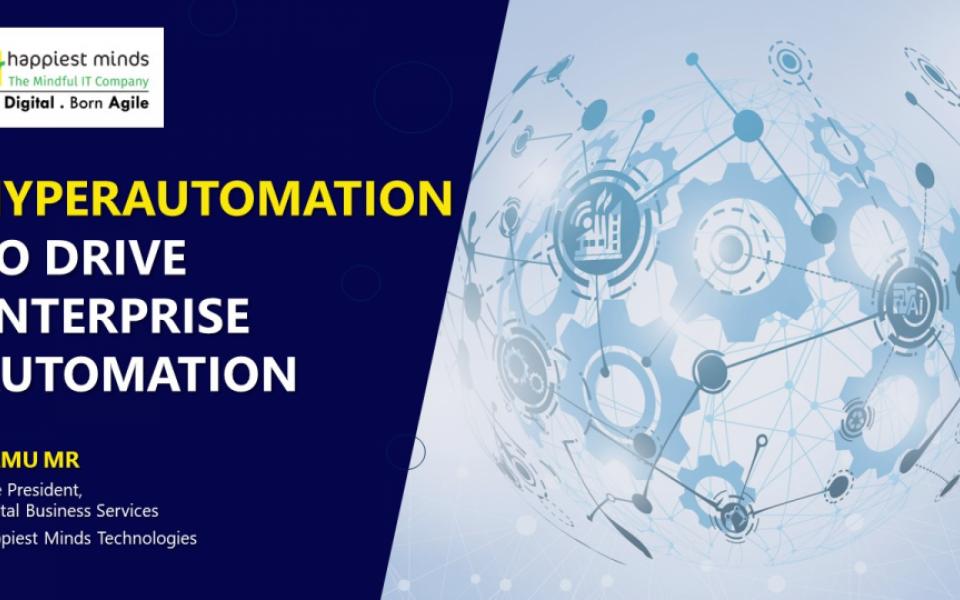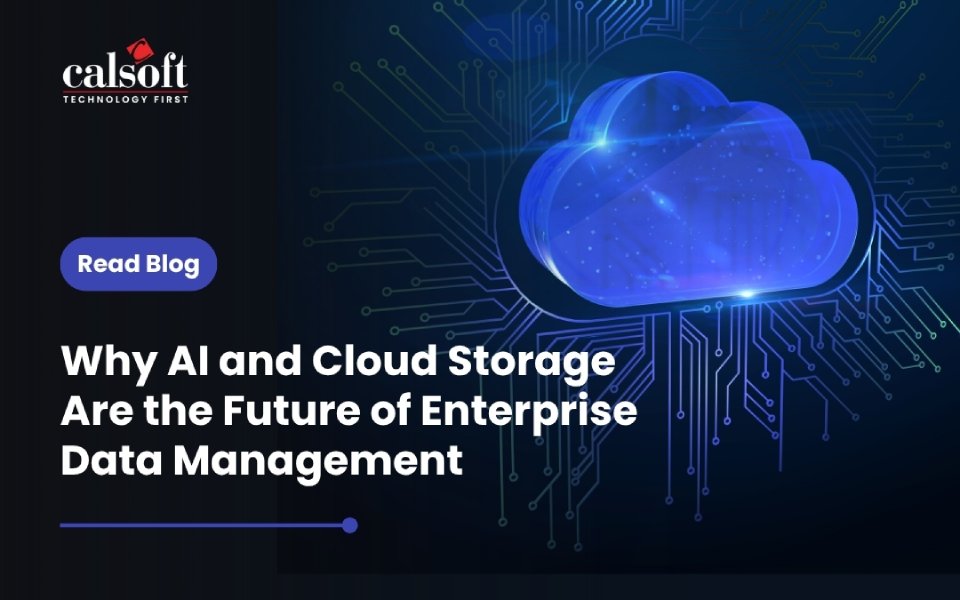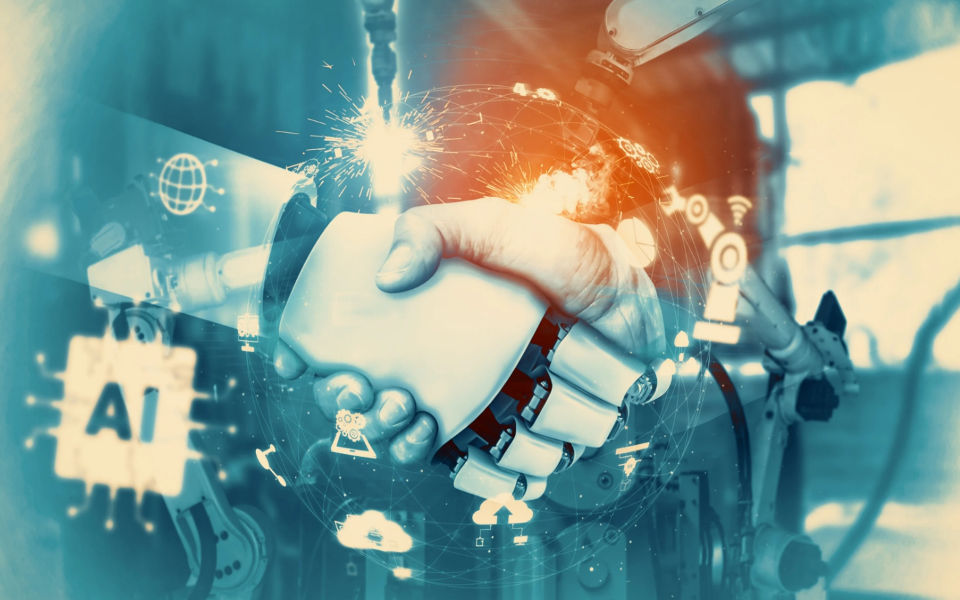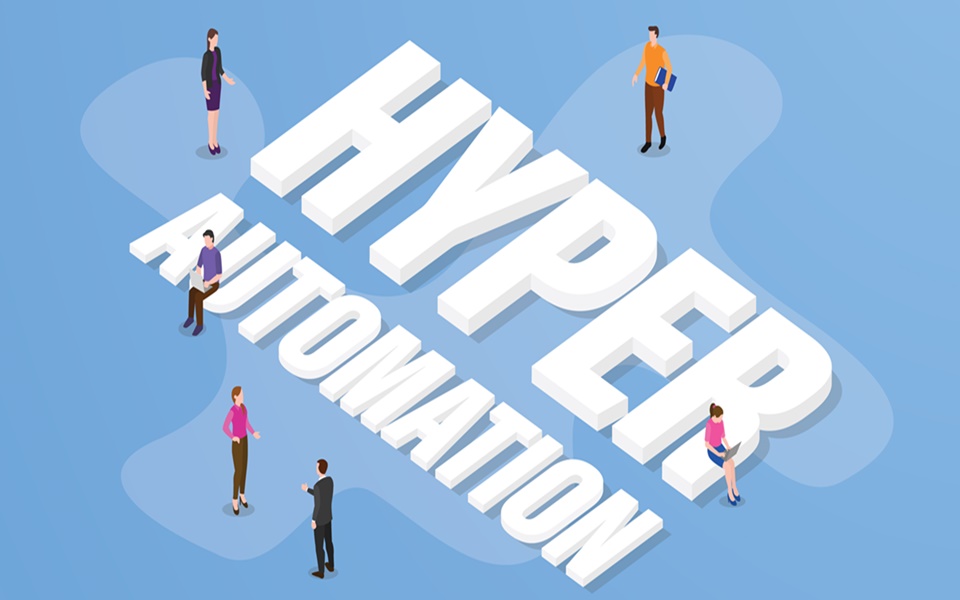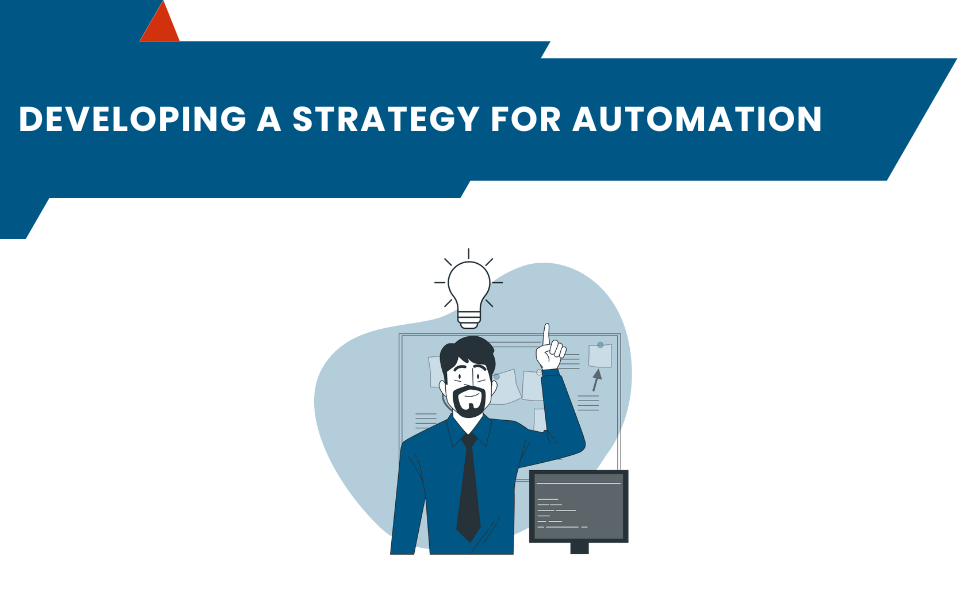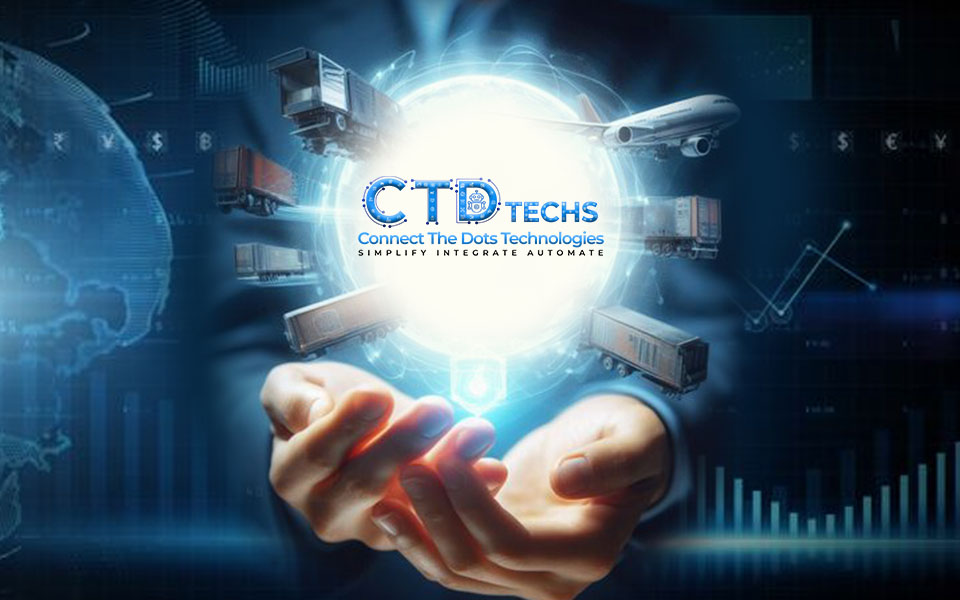Gartner in 2019, coined the term hyperautomation and predicted it as one of the top strategic technology trends for 2020 and has been featured in all subsequent top strategic technology trends reports of theirs till today. Gartner defines hyperautomation as a business-driven, disciplined approach that organizations use to rapidly identify, vet, and automate as many business and IT processes as possible.
Hyperautomation is more than just Robotic Process Automation (RPA). The legacy RPA is leveraged to mimic specific activities in structured, well-defined processes with standard business rules and procedures. Deviations or lack of processes cause the isolated implementation of RPA, creating scalability and manageability challenges there by instilling fear among its users. This did offset the efficiency of projects and led to losses. RPA’s unpredictability is another pain point in its full-scale deployment. Despite its inherent challenges, RPA has garnered great interest across industry verticals and continues to be the go-to non-invasive technology for automating mundane, predictable tasks that can emulate human actions.
This is where the approach of hyperautomation becomes relevant. While RPA was designed as the ‘doer’, hyperautomation is the ‘thinker’ and the ‘doer’. Hyperautomation can process higher functional tasks that require reasoning and decision-making. Hyperautomation is all about orchestrated use of multiple technologies, tools or platforms such as Artificial intelligence (AI), Machine learning, Business process management (BPM) and intelligent business process management suites (iBPMS), Integration platform as a service (iPaaS), Low-code/no-code tools and Packaged software along with RPA. This empowers a connected enterprise which is intelligent enabling a well-orchestrated ecosystem of human and digital workers driving business efficiency and customer experience.
Hyperautomation – tool to connected business?
With hyperautomation, automation is set to undergo a spectacular revolution. This new school process understanding and optimization to enable digital transformation goes beyond the automation of standard processes. It holds massive potential to automate more complex and extensive processes with RPA at its core, extending to the choreographed use of multiple smart tools and technologies, such as artificial intelligence (AI), machine learning (ML), natural language processing (NLP), and so on. With the right set of investments, hyperautomation can capacitate organizations to make better business decisions, improve customer experience & outcomes, augment connectivity, and identify areas of improvement.
According to Gartner, “Currently, many people touch products and products before they reach their ultimate destination, but automated factories and farms will soon do most of the work, including farming, picking, packing, and shipping. By 2025, more than 20% of all products and produce will first be touched by a human at the time of purchase.”
As hyperautomation gains exceptional prominence, any organization looking at rapid disruption and digital transformation can benefit from it. Hyperautomation today can be a critical enabler in the maximization of profits and minimization of expenses for businesses to succeed in the post-covid era. By streamlining all possible processes in the organization and enabling functions to run without manual intervention, hyperautomation can help enterprises stay ahead and grow vigorously in a competitive landscape. Its goal is to create a digital twin organization (DTO), capturing historical data and feedback from AI algorithms for modeling real-time business decisions like pricing changes and supply-chain requirements that promise to pay big dividends in the future.
COVID-19 accelerated and ushered in a new era of the hybrid work culture, thus increasing the number of staff members working remotely, resulting in fewer members at the organizational facility. Many industries have been hit hard by the inability to cope in the fast-paced and resource-starved environment. To overcome the challenges of keeping up with the latest demands, modernizing outdated work processes & equipment, lack of knowledge or resources, the need to comply with standard regulatory processes and mandates, and to achieve consistency of quality production & eliminating human errors; hyperautomation is an attractive route to adopt on the way to achieving business agility and align IT with businesses, measure the impact of digital transformation efforts and improve governance and security issues.
Top Hyperautomation use-cases:
- Banking and Financial Services
Hyperautomation holds great potential for the banking industry, especially with sectors like marketing, sales, regulatory reporting, servicing, lending, and payment operations benefitting the most. For example, manually written KYC forms can be upgraded to electronic data entry in suitable portals. AI-powered smart solutions can proactively screen and detect the likelihood of false or malicious transactions, thereby minimizing or eliminating any security breach. Several anti-money laundering systems can support cyberattack forecasts and prevent data loss.
- Insurance
Insurance industry has made bold moves to ensure seamless digital experiences especially since the global crisis hit in 2020. Advanced analytics has helped do away with outdated, routine tasks like processing insurance claims, having data verified against client certifications while insurance claim settlements are processed, and organizing data accurately, at a much higher speed compared to manual processing. Significant information accumulated from smart wearables, sensors, and other tools can assist insurers in calculating risk factors, advising on best policy premiums, and offering competitive policy pricing for a selected segment of customers.
- Healthcare
A booming industry, the health sector has tremendous potential to tap AI technology and keep pace with rapid digital transformation. Automation of back-end tasks can improve operational processes and allows more room for delivering better clinical results and superior patient care.
- Retail
With the retail sector undergoing rapid changes as several businesses are hopping on e-commerce platforms and consumer behaviors continue to evolve, hyperautomation can ensure continuity, relevance, and therefore greater business outcomes with the mechanization of order management, inventory, warehousing, procurement, transportation, payments, data and risk management, among others. AI can help run loyalty recognition programs, allowing better interaction with customers and greater personalization of customer experiences.
- Outsourcing and Customer Service
The BPO and customer service industry can invest more time determining client grievances as AI helps automate and streamline data from various frameworks into order management systems. Hyperautomation can consistently transfer and handle customer calls, manage call quality, customer queries, and cut down the time taken in resolving client issues.
Orchestration of Human workers and Digital workers
As technology increasingly intrudes into human space, the fear of job losses looms large. Hyperautomation can enable fast identification, does away with routine or tedious jobs to free professionals for more valuable work, and complement human tasks with its quick pace and upscale programming; end-to-end automation of long, repetitive, and complex processes & management of the automation lifecycle; having said that, some believe that it can intrude into human functional areas and possibly replace humans.
On the contrary to that notion, hyperautomation serves as an augmentative tool that can make humane touch more effective with data-driven insights to drive human attention toward tasks and functions of higher order in the value chain instead of overhauling the need for human interaction altogether. Nevertheless, while an array of new technologies can successfully manage to do away with human intervention, hyperautomation as a matter of fact still has its limitations, especially regarding jobs that reflect human emotions. Despite technology being all-pervasive today, the aspect of human touch and connection is critical for businesses to thrive and establish a solid rapport with their customer base. So far, hyperautomation only aims to optimize human ability and will certainly not lead to job losses across all industry sectors but possibly shift the nature of jobs performed by humans. It is all about handing over mundane and repetitive dangerous jobs to digital workers who can increase agility by providing quicker, richer insights for more accurate decision-making and enable human workers to take up tasks that require independent thinking capability, which is unique to humans, open the doors of up-skilling and cross-skilling and avoid status quo at work to enable a highly motivated and distributed human workers.
The future is all about taking a top-down approach to garner enthusiasm and support through a robust change management process and creating an ecosystem of well-orchestrated human and digital worker collaboration that creates a connected enterprise that is scalable and efficient.
The way forward
According to Gartner, Hyper Automation principles form the foundation of the future of work, and the catalysts to accelerate digital initiatives. More and more organizations are embracing hyperautomation to gain a competitive advantage and do away with legacy operations to keep up with the needs of digitization.
At the onset, there could be a series of challenges that enterprises face in the implementation of hyperautomation. The parameters of measuring its success, sticking to a doable and realistic deadline, consistent management and stakeholder support for an unconventional approach, and selection of the right products and solutions in an ever-evolving technological landscape are challenges that any business will face in the deployment of hyperautomation. To solve this, it is critical to actively manage change to generate enthusiasm and inspiration and select the right talent to spearhead new processes. When the workforce expresses concerns about the value of new technology or fear of replacements, take time to communicate empathetically and gain their confidence by alleviating worries about job security. As technologies disrupt everyday operations and optimize processes to make them more powerful, business leaders and decision-makers will be embarking on the journey of change across the organization. We will be seeing more and more enterprises encouraging innovation at work and consciously
implementing programs that help their workforce enhance their skills. Also, we would see more and more enterprises investing in the reskilling and upskilling workforce, so that they can retain employees and boost their knowledge, so a positive outlook echoes throughout the enterprise.
The use of hyperautomation is becoming a priority for many businesses affected by COVID-19. Industries across the globe have dealt with productivity issues due to a reduced workforce, imposed capacity limitations, and unanticipated fluctuations in demand. Hyperautomation is being adopted to address many of the resulting challenges by automating and accelerating repetitive processes. With the invention of more collaborative models of human and AI-led interactions, hyperautomation can pave the way for more meaningful engagements to revolutionize how industries operate in the near future.
Orignal blog was published at happiest minds website.




